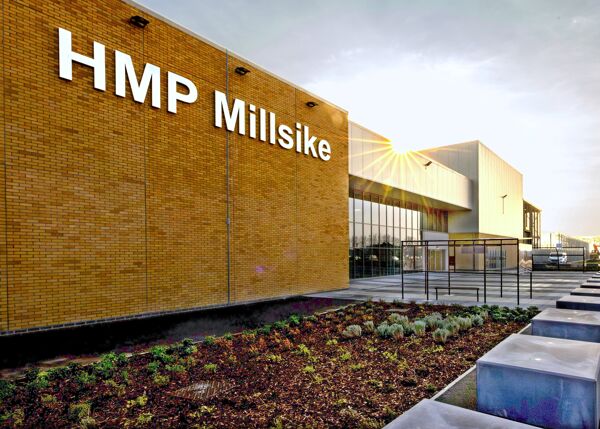
NEC4 contracts have been used to deliver a major flood-relief culvert under a mainline railway in northwest England in just 56 hours. Client the Environment Agency let the culvert and access works to contractors J Murphy & Sons and Volker Stevin respectively under NEC4 Engineering and Construction Contracts (ECC) Option C (target contract with activity schedule). Principal designers Jacobs and Arcadis were engaged under NEC4 Professional Service Contracts (PSC), and client project management was provided by Arcadis Consulting under a framework arrangement.
The 45 m long pre-cast segmental box culvert under the TransPennine Manchester to Leeds railway line was a key enabling project for a £54 million flood risk management scheme starting in 2022. When completed the scheme will reduce flood risk to 1,000 properties, 200 businesses and vital infrastructure in Rochdale and Littleborough, Greater Manchester. The towns have a long history of flooding from the River Roch and its tributaries, with the most significant recent event occurring during Storm Eva in December 2015.
In addition to the culvert, which cost £3.2 million to design and construct and links planned flood storage reservoirs at Gale just north of Littleborough, the enabling project involved building a £2.4 million, 250 m long site access road off the A6033. Capable of carrying an HA loading of 500 t across poor ground and spanning the River Roch, the access required extensive piling works. Following 14 months of planning, the culvert was successfully installed on time and budget within a scheduled 56-hour window during a nine-day railway blockade in October 2021.
Collaboration from day one
Environment Agency senior project manager David Baines says the project team was engaged under discrete NEC4 PSC and ECC contracts. ‘Each party was sufficiently trained and resourced in NEC contract management processes – including early warning and compensation event notifications − to allow the clients, contractors, consultants, project managers, service managers and supervisors to act as stated in their respective contracts.’
He says collaboration started on day one. ‘In line with the NEC clause 10.1 requirement to act in a, “spirit of mutual trust and co-operation”, the two designers worked on a single solution, each supported by their respective contractors. As a collective we recognised and understood the words and intent of clause 10.1 and moved forward as one team with one goal.’
Baines says the design solution had to meet the demanding requirements of a Network Rail operational asset, be meticulously sized and aligned to convey the required design flows, and be installed in a 56-hour window during an annual nine-day blockade. ‘With the solution defined, the baton then passed to the contractors. Both of them had to understand the requirements of the other and what the design required of each of them. They had to collaborate, exchange information, communicate, make decisions and be clear − there would not be a second chance.’
He says the project team also had to rise to the challenges of Covid-19 restrictions and a direct interface with track renewal works. ‘We were once again in a Covid-19 lockdown but we had learnt we could use technology to collaborate, share, raise concerns and collectively solve issues. A further complication was that the Network Rail was undertaking major track renewal works 1.6 km north of the site, and the track renewal team were using the same railway access point as the culvert team. Plant deliveries and engineering train movements therefore required hour-by-hour planning to ensure the two workstreams could be integrated safely and successfully.’
Baines concludes that the successful outcome was only achieved due to meticulous NEC-inspired collaborative integration. ‘The new asset has come about due to the two client organisations willingly collaborating; the two designers collaborating on a design solution to ensure it performed two primary functions as a critical infrastructure asset; and the two contractors collaborating at every level, opportunity and interface during construction to achieve completion. It was delivered using NEC, the team trusted each other, and cooperation made it happen.
Benefits of using nec
- NEC obligation on the parties to act in a, ‘spirit of mutual trust and co-operation’ ensured full collaboration from day one, with a one team, one goal approach.
- NEC helped to ensure collaboration at all levels: between the two client organisations, the two designers and the two contractors.
- NEC inspired collaboration helped the project team rise to the challenges of another Covid-19 lockdown and interface with adjoining track-renewal works.




